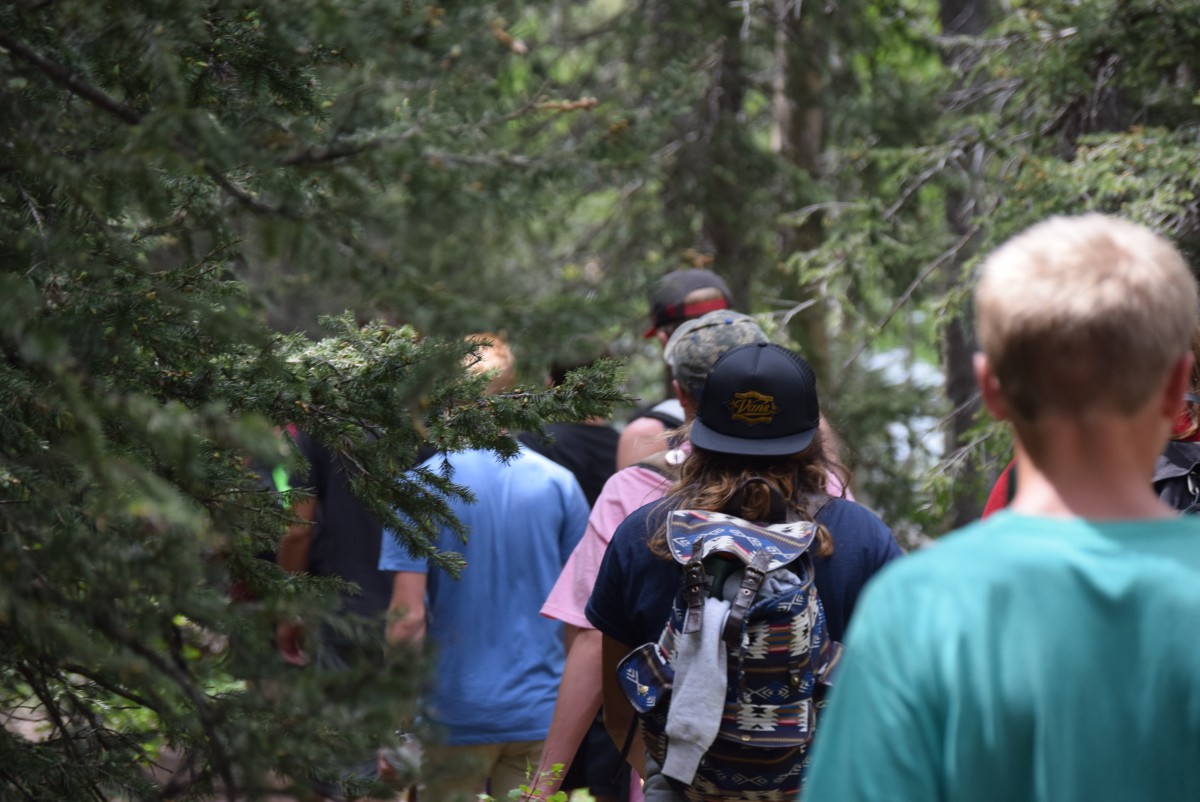First, what is forest school?
According to the Forest School Association, forest school is an…
“… inspirational process. Forest school affords every learner an opportunity to develop and achieve self-confidence as well as self-esteem.
They do this via hands-on learning experiences that are conducted in an almost completely natural environment.”
One ADHD sufferer, aged 14, said “I don’t have ADHD when I’m at forest school and out in the woods.“
So, what exactly are the advantages and disadvantages of forest school?
Advantages of forest school
1 Improves focus
For those that have a tendency to struggle to maintain focus while in a classroom setting, forest school tends to make for a far better environment.
What’s more, forest school is said to help with positive behavioral change.
2 Forest school promotes a healthy lifestyle
Within an active environment, people are encouraged to partake in physical as well as mental activities. Generally, these activities are responsible for promoting a healthy lifestyle.
3 Forest school can help to improve social skills
Because the typical forest school involves a multitude of group activities, group interaction is promoted. In turn, social skills are improved.
What’s more is that forest schools help individuals to achieve a heightened sense of community.
4 Promotes independence
While forest schools are excellent for promoting social skills because of the group activities, these schools also promote individual learning, and thus, a sense of independence.
5 Forest schools help to build confidence
Overall, forest schools can help students to gain confidence, confidence in the form of independence and confidence in the form of being socially active and having more self-belief.
Disadvantages of forest school
1 Forest school is not for every child
The environment may not be suitable for every child – for every student.
After all, some students much prefer to go to traditional school, learn within a traditional classroom setting, then return home.
What’s more, some parents believe that forest schools pose a risk to their children, at least in the physical sense.
2 Some children find it difficult to adjust
Similar to the first point just above, some children – some students – simply don’t adjust to the forest school environment.
On the other hand, some children never adjust to the traditional classroom environment.
3 Hygiene and safety
Some parents argue that the hygiene of their children are at risk if they attend forest school. Be that as it may, hygiene can be taught.
Other parents would say that the physical wellbeing of their children may be at risk, given that forest schools encourage plentiful physical activities.
It is true that there are some risks with regards to physical activities and safety of children. However, there are risks involved in all physical activities, including crossing the road.
4 Climatical issues
Depending on where you are in the world, having your child attend forest school in the midst of winter perhaps is not an ideal proposition.
Conclusion
Regardless there are, arguably so, some disadvantages to forest schools in comparison to the traditional schooling environment, the fact remains that forest schools do provide healthy learning approaches that are conducive to the healthy growth of any child.
In general, forest schools offer a favorable learning environment – an environment that permits learners to engage with their peers, to learn new skills, to gain confidence in many ways, and to learn new schools from a multitude of disciplines.
Photo by Spencer Gurley from Pexels.
